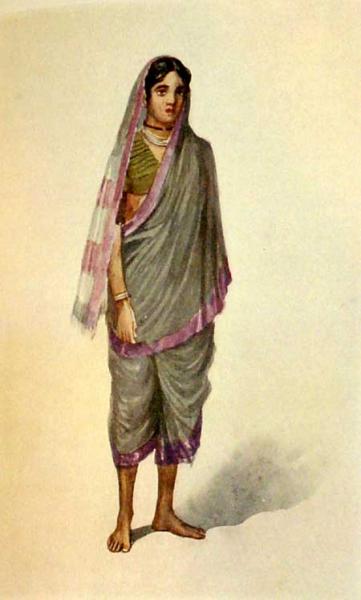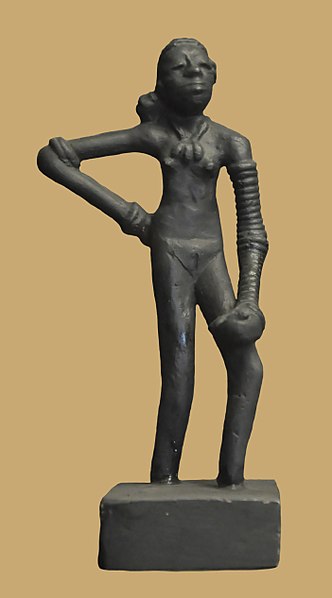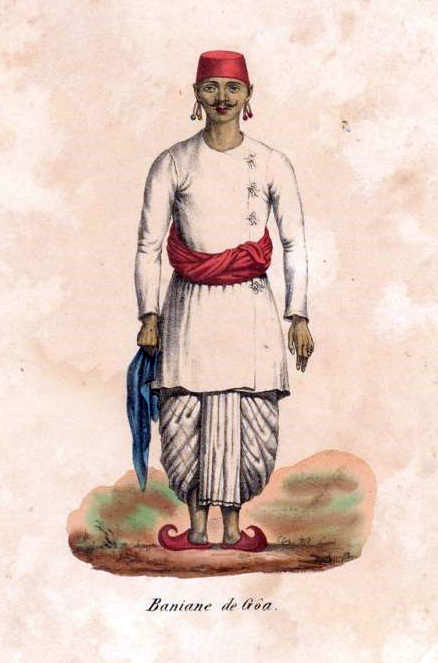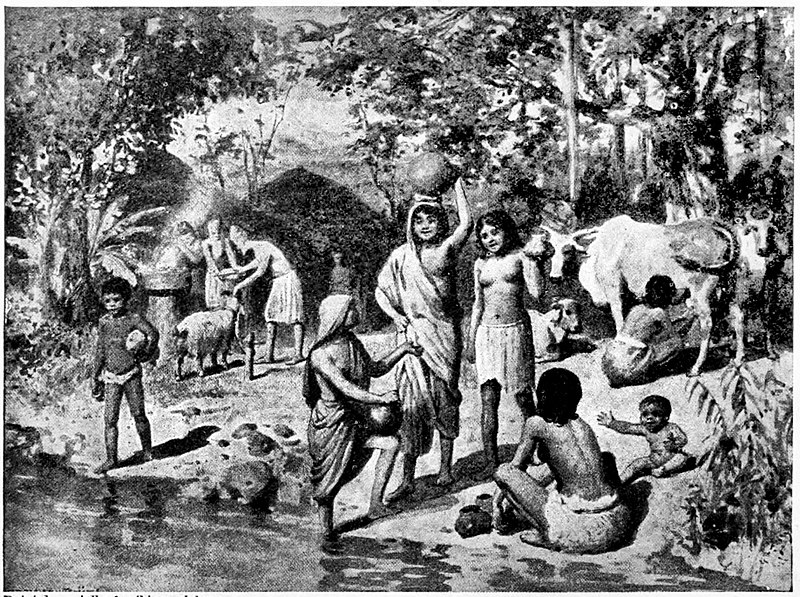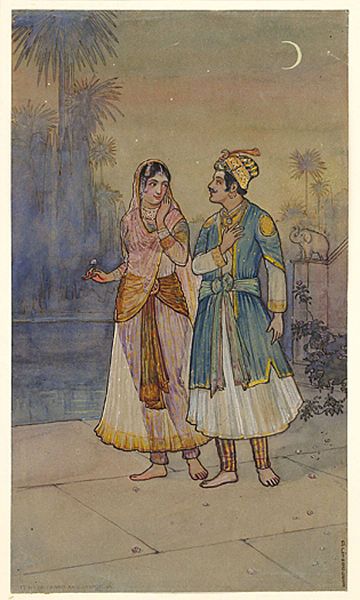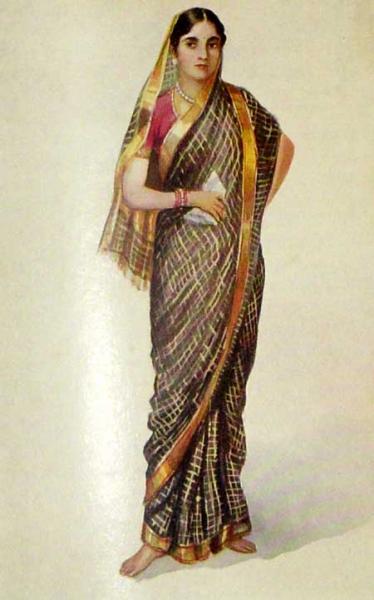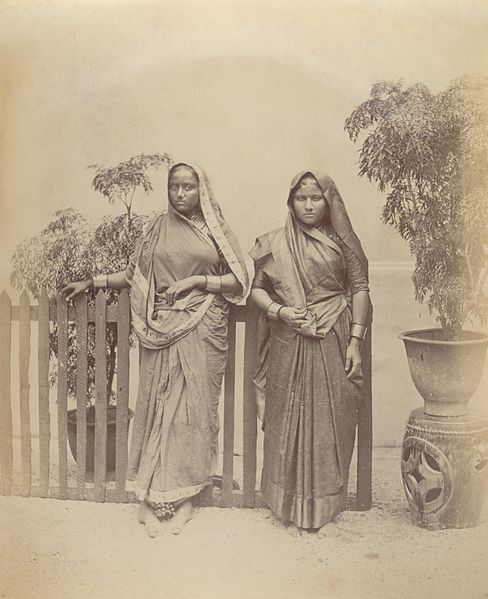
The Immortal Poshak of India: Saree
A History of Saree, an Indian Women’s Traditional Dress
Would you like to listen to this article? You can do so here:
Have you heard about a ‘Saree’ before? Have you ever worn it?
To be honest with you, I have worn a saree once in my life as a one year old who wanted to dress up in a saree. Post that for the rest of the 18 years of my life, I have never worn this Indian women’s traditional garment.
Generally a modern woman in India wears the saree a couple of times in her life. The first is the school farewell where I ended up being the only girl in a dress because everybody else was in a saree, the second occasion is probably the wedding day (much to young for that), and of course the saree is then lost somewhere in your closet forever.
Amongst the other generations who are not born in the 21st century, saree is a very much adored piece of clothing.
I once came across an old photograph of a woman playing tennis in a saree. All I kept thinking about it is, how does she run in it!?
My grandmother informed me that the saree is one of the most adaptable and comfortable garments you can ever wear, more so than good old jeans.
While I was researching for this article, it came to my mind that the saree is just like the country it belongs to: diverse, colourful, meaningful, beautiful and very adaptive.
The saree can be adorned by the richest for a formal occasion and it can be worn by a fisherwoman when she goes door to door selling raw fish.
Watercolor by Rao Bahadur M. V. Dhurandhar, 1928
Via Wikipedia Commons
A saree is a formal attire as well as a garment worn by women at home.
It is this quality that makes the saree immortal.
The history of saree can be traced back thousands of years to the mother of all Indian settlements, the Indus Valley Civilisation.
Just like the good old Indian curry, the origins of Indian saree may lie in this civilisation.
Origins of the Saree
Have you ever wondered what people wore in 3300BC to 1300BC?
Our ancestors had developed from the nomadic tribal lifestyle. They no longer covered themselves with leaves and animal skin.
Picture Curtesy: Joe Ravi
Cotton along with the technology of weaving had been invented during this time in Mesopotamia. From Mesopotamia this new invention had travelled to Sumer, Assyria, Egypt and to the Indus Valley Civilisation.
In the Indus Valley Civilisation, men and women wore a similar garment.
The people in this civilisation, despite their progressive society, didn’t know how to stitch.
Thus you’ll find they used a piece of cloth, a few yards long, which would be tied around the waist and the excess fall of the cloth would be tucked behind creating a trouser like pant. It was much like the Dhoti rural men wear.
He is wearing a Dhoti (the lower part of the garment)
Via Wikipedia Commons
The upper part of the body would be bare. Some accounts suggest they wore a sort of jacket in the winter. But we don’t really know.
Historians have deciphered this from the figurines and statues unearthed at the many Indus Valley archeological sites. It is hard to know more since the Indus Valley Script is as yet undeciphered.
The Aryans
The famous Aryan invasion in the Indian subcontinent wiped out the Indus Valley Civilisation. As yet we don’t know what happened of this advanced human settlement.
As the Indian subcontinent emerged from its dark ages, the Aryans began settling in the north of India.
These Aryans had different traditions and views from that of the indigenous people who lived in the subcontinent previously.
The Aryans introduced the idea of a ‘kanchuki’ as a clothing material
Via Wikipedia Commons
A ‘kanchuki’ was a chest band to be worn along with the dhoti like garment the Indus Valley Civilisation people might have worn.
This garment was adapted by women instead of the men. It might be the first time in Indian history that female and male clothes were distinguished.
This ‘kanchuki’ was what became the Choli or the short blouse women would wear along with the saree.
The Vedic Times
The Vedic Period in Indian history took place around 1500 BC to 1100 BC. During these times, a piece of garment in the Sanskrit language came to be called Sati. Over the years it became known as ‘Sadi’ which it still is called in Marathi and Hindi. ‘Sari’ as the world calls this piece of garment, is an anglicised version of ‘Sadi.’
By the 6th century BC, garments changed into a three piece clothing. The Antariya was the lower garment, it was accompanied by the chest band. This chest band was hidden behind another more elaborately decorated piece of cloth called the Uttariya that would be worn over the shoulders and head. Together these three garments would be the ‘poshak,’ a word still used in a few India languages which means ‘the costume.’
The Medieval Times
In the 13th century, Persians came to India. Persians had discovered the art of stitching. They could make jackets and coats.
This gave a new dimension to the ‘kanchuki’ or the chest bands worn by women.
These bands could now be stitched like a coat and made either long or short.
Indian ‘kanchuki’ changed into the Choli.
The Mughals
By the time the Mughals created waves in the Indian subcontinent with their new culture, traditions, and clothes; people knew how to stitch well.
Mughal women would wear a long flowing trouser much like the long loose trouser that had become famous a few years ago.
According to Hindu customs, unstitched clothes are the holiest.
However people had begun to understand the advantages of stitching and so they adapted to it.
This difference in clothing was the only way to tell Hindu and Muslim women apart.
Via Wikipedia Commons
The choli had also come to look very much like it does today.
From the early Indus Valley Civilisation ways, men and women’s clothing had changed drastically. Men in the 17th century would wear a wrap-around kurta with a dhoti. The women though were still comfortable in their sarees.
The British
The next biggest change came with the British.
It was a bit of a shock for the British Victorians when they landed in India. The saree as a garment was a bit too revealing for them. It had to be changed with all the rest of the things that didn’t belong in the staunchest Victorian dictionary of the 19th century.
The British introduced petticoats and blouses. Two garments that are to this day used by women when wearing a saree.
I wonder whether this move of the British made sense. After all, most of India is not cool year around. A cotton saree is the best garment to keep cool and carry on. The petticoats surely don’t help.
Indian women around this time had begun taking part in the freedom movement. Some of them had also gotten the courage and educated themselves.
Via Wikipedia Commons
To make their attire more practical and be a part of the freedom movement, women wore sarees that reached just above the ankle with boots. How cool would that look!
The British era of Indian history was not the final leg in the journey of the saree.
Saree is still an evolving cultural trend. It is always in vogue.
The Variety of Sarees
You must be wondering, that’s all exciting but how should you wear a saree? How long is it supposed to be?
The length of a saree can be between six to nine yards long.
Besides that, the work carried out on a saree will defer from region to region. The sarees are made with different patterns and helm designs. These patterns and designs will determine how the saree will look once tied in place.
These designs are sometimes hand made by the plethora of small and medium size handloom businesses that work in rural India. These are local traditional art forms.
For example the Paithani saree, a famous type in Maharashtra takes a year to make. The weaver hand weaves it using silk yarn and thin gold thread. A single mistake will cost them the entire saree.
It is no wonder that these types of sarees are extremely expensive and reserved to be worn on occasions. Sarees are also heirlooms passed on from the mother to her daughter.
For you information, the idea of clothes being heirlooms was very prevalent in India during the last century. Clothes would be passed down between siblings and sometimes between generations as a form of love and respect.
My grandmother once told me, wearing an elder person’s clothes makes you as brainy as that person was:)
Watercolor by Rao Bahadur M. V. Dhurandhar, 1928
Via Wikipedia Commons
How do you wear a saree?
There are more than a 100 ways to wear a saree!
That’s India for you, nothing here is uniform.
The methods of wearing a saree generally differ from region to region. In a cosmopolitan city, you’ll sometimes find women wearing a variety of sarees.
The Neevi drape is the most famous and simple one I think. This is how it works, the saree is tied around the waist and the loose end is draped over the left shoulder.
However there is no correct technique to wear a saree. It is just that you have to wear it around yourself and not get entangled in the cloth. That’s all that matters!
Like I mentioned in the beginning of this article, the saree is highly adaptable.
That is what makes this traditional dress a 5000 year old garment still in fashion.
Incredible India, isn’t it?
Let me know if you’ve ever tried on a saree before in the comments below. Also tell me, what is the traditional dress in your country called you can also describe it in the comments?
I’d also like to wish you all a Happy Republic Day (26th January)!!
If you liked ‘The Immortal Poshak of India: Saree’ article, share it with your friends.
Throughout this week lets meet on
Facebook: https://www.facebook.com/GiGleeMagazine/
Instagram: https://www.instagram.com/giglee_magazine/?hl=en





